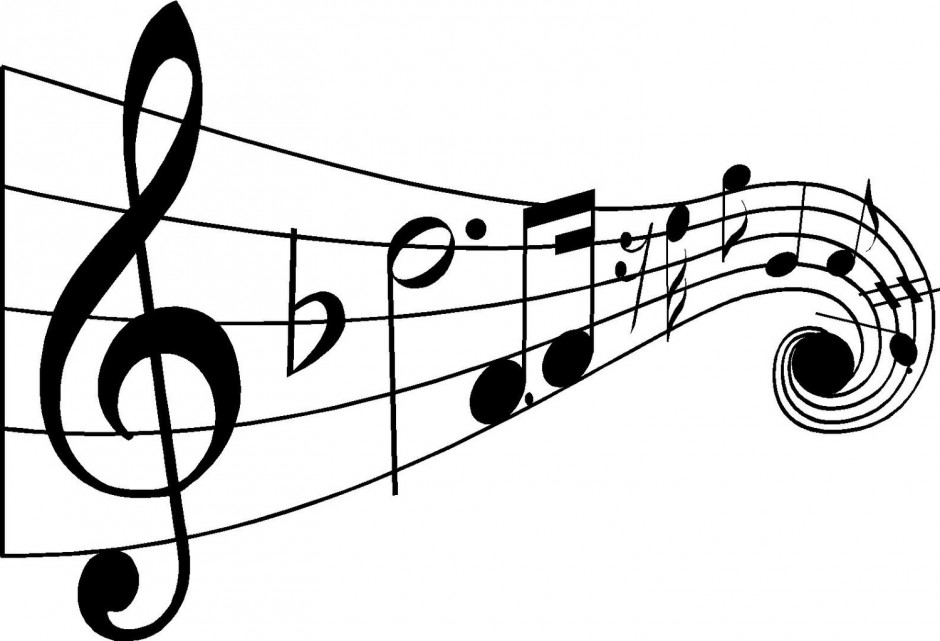Different Tonalities and Meters
/This week in class we sang Pussycat. I told you that the most important part of this song was to sing it because it had a tonality that our ears are not used to. Pussycat is in e phrygian. If you are interested in understanding more about the structure of the phrygian scale I have added some information below. I encourage you to click the play button under the notated scale, listen, and then try to sing the fifth note of the scale and then the first like we do when we clean the instruments up. These are the two pitches from any song that will stick out the most to your child. These will be the pitches you will most likely hear them sing first.
Modern Phrygian mode


Modern Phrygian modal scale on E

·
)
.
In modern western music (from the 18th century onward), the Phrygian mode is related to the modern
, also known as the
: the Phrygian scale differs in its second scale degree, which is a semitone lower than that of the Aeolian.
The following is the Phrygian mode starting on E, or E Phrygian, with corresponding
illustrating how the modern
and
can be altered to produce the Phrygian mode:
E Phrygian
Mode: E F G A B C D E Major:
1
♭
2
♭
3
4
5
♭
6
♭
7
1
Minor:
1
♭
2
3
4
5
6
7
1
[edit]
This weeks dance!
Tip toe, kick, wiggle, and jump to French composer Jacques Offenbach's Can-Can.
Play along and dance to Kingdom Dance from the movie Tangled.
Did you notice in class that the meter changes in the middle of the song? Did it feel like couldn't find the correct beat for a minute during the play along? Around 1:12 the music changes from triple meter (1,2,3) to duple (1,2,3,4). See if you can hear and feel the change at home.






